Home>Home Appliances>Home Automation Appliances>What Is Temperature Differential For Thermostat
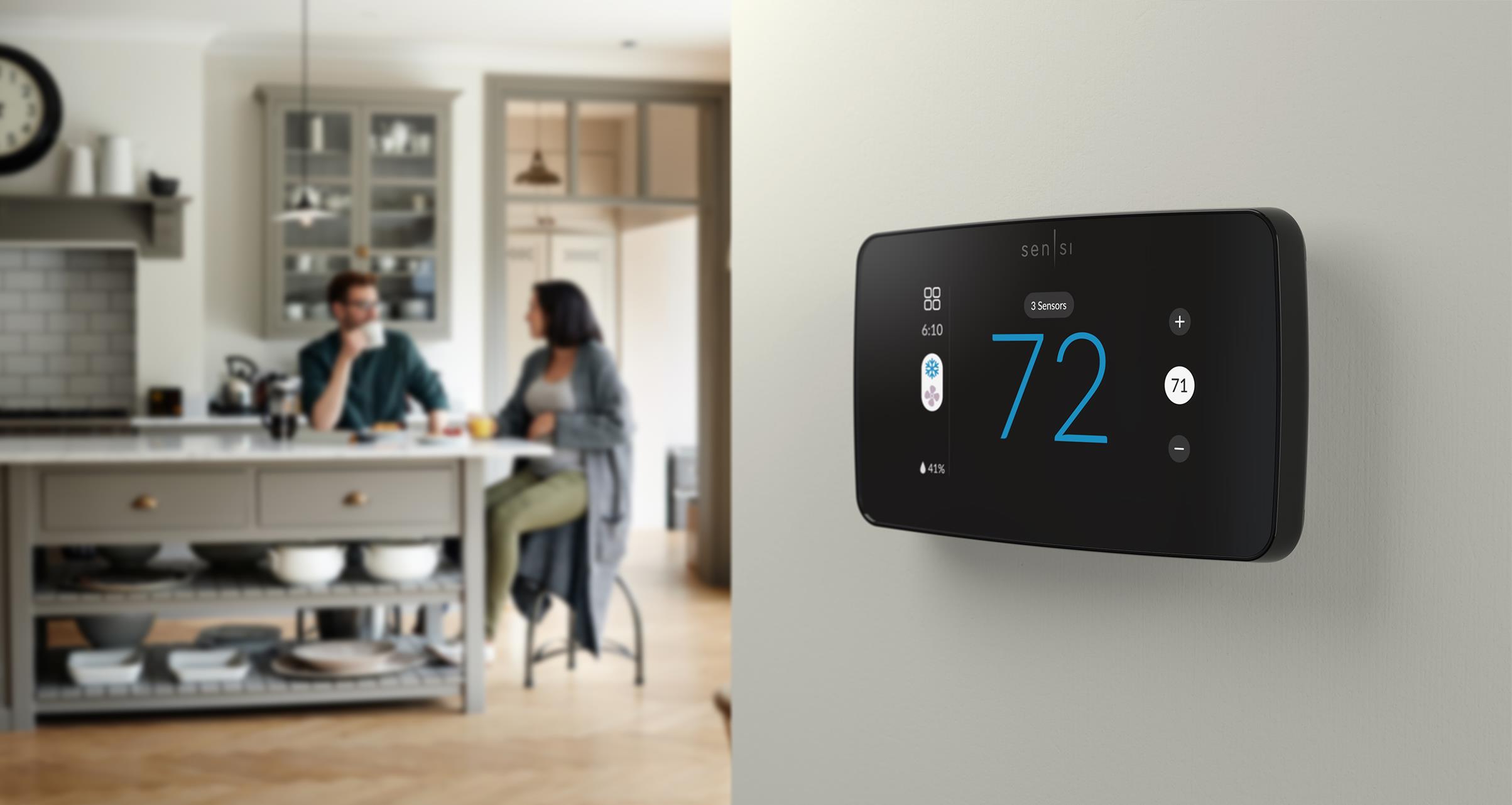

Home Automation Appliances
What Is Temperature Differential For Thermostat
Published: January 2, 2024
Learn about the temperature differential for thermostats and its importance in home automation appliances. Find out how to optimize your thermostat settings for energy efficiency and comfort.
(Many of the links in this article redirect to a specific reviewed product. Your purchase of these products through affiliate links helps to generate commission for Storables.com, at no extra cost. Learn more)
Introduction
Welcome to the world of home automation, where smart devices work tirelessly to make our lives more convenient and comfortable. Among these innovative gadgets, thermostats play a crucial role in regulating indoor temperature, ensuring that we remain cozy during the chilly winter months and comfortably cool in the scorching heat of summer. However, have you ever wondered about the temperature differential for thermostats and its significance in maintaining a comfortable indoor environment?
In this comprehensive guide, we will delve into the concept of temperature differential for thermostats, unraveling its importance and exploring the factors that influence it. By the end of this journey, you will have a clear understanding of how temperature differentials impact the performance of thermostats and how you can optimize them for enhanced comfort and energy efficiency in your home.
Let's embark on this enlightening exploration of temperature differentials and their role in the realm of home automation.
Key Takeaways:
- The temperature differential for thermostats determines when the heating or cooling system kicks in, impacting comfort and energy usage. It’s crucial to find the right balance for a cozy and efficient home.
- Adjusting the temperature differential allows homeowners to customize their HVAC system for optimal comfort and energy savings. Small tweaks can make a big difference in creating a personalized indoor climate.
Understanding Temperature Differential
Temperature differential, in the context of thermostats, refers to the minimum temperature variation required to activate the heating or cooling system. It represents the range within which the indoor temperature must fluctuate before the thermostat signals the HVAC (Heating, Ventilation, and Air Conditioning) system to adjust the climate.
When the indoor temperature deviates from the set point (the desired temperature), the thermostat detects this variance. However, the temperature differential determines when the HVAC system should engage to rectify the deviation. For instance, if the set point is 72°F and the temperature differential is set at 2°F, the heating or cooling system will activate when the indoor temperature falls to 70°F or rises to 74°F, effectively maintaining the desired comfort level.
The temperature differential is a crucial parameter that influences the frequency of HVAC system cycles. A smaller temperature differential may result in more frequent system activation, potentially leading to increased energy consumption and wear and tear on the equipment. Conversely, a larger temperature differential might cause wider temperature swings within the living space, affecting comfort levels.
By understanding the temperature differential for thermostats, homeowners can optimize their HVAC systems to strike a balance between energy efficiency and comfort. This balance is essential for creating a pleasant indoor environment while minimizing energy expenses.
Now that we comprehend the concept of temperature differential, let’s delve deeper into its significance in the realm of thermostat functionality and home climate control.
Importance of Temperature Differential for Thermostat
The temperature differential for thermostats holds immense significance in maintaining a comfortable and energy-efficient indoor environment. By establishing the appropriate temperature differential, homeowners can ensure that their HVAC systems operate optimally, striking a balance between comfort and energy savings.
Efficiently managing the temperature differential contributes to reduced energy consumption and lower utility bills. When the temperature differential is set at an appropriate level, the HVAC system activates only when necessary, preventing frequent short cycling that can lead to energy wastage and premature wear on the equipment. This optimized operation not only conserves energy but also extends the lifespan of the HVAC system, reducing the need for repairs and replacements.
Moreover, the temperature differential plays a pivotal role in maintaining consistent indoor comfort. By setting the temperature differential to a suitable range, homeowners can minimize temperature fluctuations, ensuring a more stable and pleasant indoor climate. This is particularly beneficial for individuals sensitive to temperature variations and for preserving the condition of temperature-sensitive items within the home.
Furthermore, an effectively calibrated temperature differential promotes enhanced air quality within the living space. By minimizing the frequency of HVAC system cycles, the potential for airborne particulates and allergens to circulate throughout the home is reduced, contributing to a healthier indoor environment.
Additionally, the temperature differential for thermostats directly impacts the overall user experience. A well-maintained temperature differential ensures that the HVAC system operates seamlessly, providing consistent comfort without unnecessary disturbances. This reliability fosters a positive homeowner experience, instilling confidence in the thermostat’s ability to maintain an ideal indoor climate.
By recognizing the importance of the temperature differential for thermostats, homeowners can make informed decisions when configuring their HVAC systems, effectively balancing comfort, energy efficiency, and system longevity. This understanding empowers individuals to optimize their home climate control, fostering a harmonious and cost-effective living environment.
The temperature differential for a thermostat is the difference between the set temperature and the actual temperature before the system turns on or off. A smaller differential means the system will cycle on and off more frequently, while a larger differential means it will cycle less often.
Factors Affecting Temperature Differential
Several factors influence the temperature differential for thermostats, shaping the performance and efficiency of HVAC systems. Understanding these influential elements is essential for homeowners seeking to optimize their indoor climate control while minimizing energy consumption.
- System Type: The type of HVAC system installed in a home significantly impacts the ideal temperature differential. For instance, heat pump systems often require different temperature differentials compared to traditional forced-air heating and cooling systems.
- Climate: The regional climate plays a crucial role in determining the appropriate temperature differential. Areas with extreme temperature variations may necessitate different differentials than those with more moderate climates.
- Insulation and Home Design: The level of insulation in a home, as well as its architectural design, can influence the temperature differential. Well-insulated homes with efficient designs may require different differentials compared to older or less insulated properties.
- Thermostat Sensitivity: The sensitivity and responsiveness of the thermostat itself can impact the ideal temperature differential. High-precision smart thermostats may allow for more precise differentials, while older or less advanced models may have limitations.
- User Preferences: Homeowners’ comfort preferences and tolerance for temperature fluctuations also play a role in determining the optimal temperature differential. Some individuals may prefer tighter differentials for minimal temperature variations, while others may prioritize energy savings over precise climate control.
- Occupancy Patterns: The typical occupancy patterns within a home can influence the ideal temperature differential. Homes with consistent occupancy may have different requirements than those with irregular or fluctuating occupancy.
By considering these factors, homeowners can tailor the temperature differential for their thermostats to align with their specific environmental conditions, comfort preferences, and energy-saving goals. This customized approach enables individuals to optimize their HVAC systems for enhanced performance and efficiency, ultimately contributing to a more comfortable and sustainable living environment.
Adjusting Temperature Differential
Adjusting the temperature differential for a thermostat involves fine-tuning the settings to achieve an optimal balance between comfort and energy efficiency. By customizing the temperature differential, homeowners can ensure that their HVAC systems operate in a manner that aligns with their specific needs and preferences.
Here are the steps to adjust the temperature differential for a thermostat:
- Access the Settings: Begin by accessing the thermostat’s settings menu. This can typically be done through the thermostat’s interface or using a connected mobile app for smart thermostats.
- Locate the Differential Setting: Within the settings menu, locate the option to adjust the temperature differential. This parameter may be labeled as “Temperature Differential,” “Cycle Rate,” or a similar term, depending on the thermostat model.
- Understand the Current Setting: Take note of the current temperature differential setting to understand the system’s behavior and cycles. This information serves as a baseline for making informed adjustments.
- Consider Comfort and Efficiency: Evaluate your comfort preferences and energy-saving goals. Determine whether you prioritize precise temperature control or seek to minimize energy consumption through less frequent HVAC system cycles.
- Make Incremental Changes: Adjust the temperature differential setting in small increments, typically ranging from 0.5°F to 2°F, depending on the thermostat’s capabilities. Monitor the system’s performance after each adjustment to assess its impact on comfort and energy usage.
- Observe and Fine-Tune: Observe the HVAC system’s operation and the resulting indoor climate. Fine-tune the temperature differential as needed to achieve the desired balance between comfort, energy efficiency, and system cycling frequency.
- Utilize Smart Features (If Applicable): For smart thermostats, leverage advanced features such as learning algorithms and occupancy sensing to further optimize the temperature differential based on your daily routines and lifestyle.
It’s important to note that adjusting the temperature differential may require some experimentation to find the ideal setting that meets your specific requirements. By carefully evaluating the system’s performance and fine-tuning the temperature differential, homeowners can achieve a tailored approach to indoor climate control that maximizes comfort and energy savings.
Read more: What Temperature To Set Thermostat In Spring
Conclusion
As we conclude our exploration of the temperature differential for thermostats, we have gained valuable insights into its pivotal role in home climate control and energy efficiency. The temperature differential serves as a crucial parameter that influences the operation of HVAC systems, impacting comfort levels, energy consumption, and system longevity.
By understanding the significance of the temperature differential, homeowners can make informed decisions when configuring their thermostats, striving to strike a harmonious balance between comfort and sustainability. This balance is essential for creating a living environment that promotes well-being while minimizing energy expenses.
Moreover, the ability to adjust the temperature differential empowers individuals to customize their HVAC systems to align with their unique preferences and environmental conditions. Whether prioritizing precise temperature control or seeking to minimize energy usage, homeowners can fine-tune the temperature differential to achieve their desired outcomes.
As technology continues to advance, smart thermostats offer enhanced capabilities for optimizing the temperature differential through learning algorithms, occupancy sensing, and remote control features. These innovations provide homeowners with greater flexibility and control over their indoor climate, further enhancing comfort and energy efficiency.
Ultimately, the temperature differential for thermostats represents a critical aspect of modern home automation, contributing to a more sustainable and comfortable living environment. By embracing this concept and leveraging its potential, homeowners can embark on a journey towards efficient and personalized climate control, enriching their daily lives while reducing their environmental footprint.
As you navigate the realm of home automation and seek to optimize your indoor climate, remember the impact of the temperature differential and the opportunities it presents for creating a home that is both inviting and energy-conscious.
Frequently Asked Questions about What Is Temperature Differential For Thermostat
Was this page helpful?
At Storables.com, we guarantee accurate and reliable information. Our content, validated by Expert Board Contributors, is crafted following stringent Editorial Policies. We're committed to providing you with well-researched, expert-backed insights for all your informational needs.
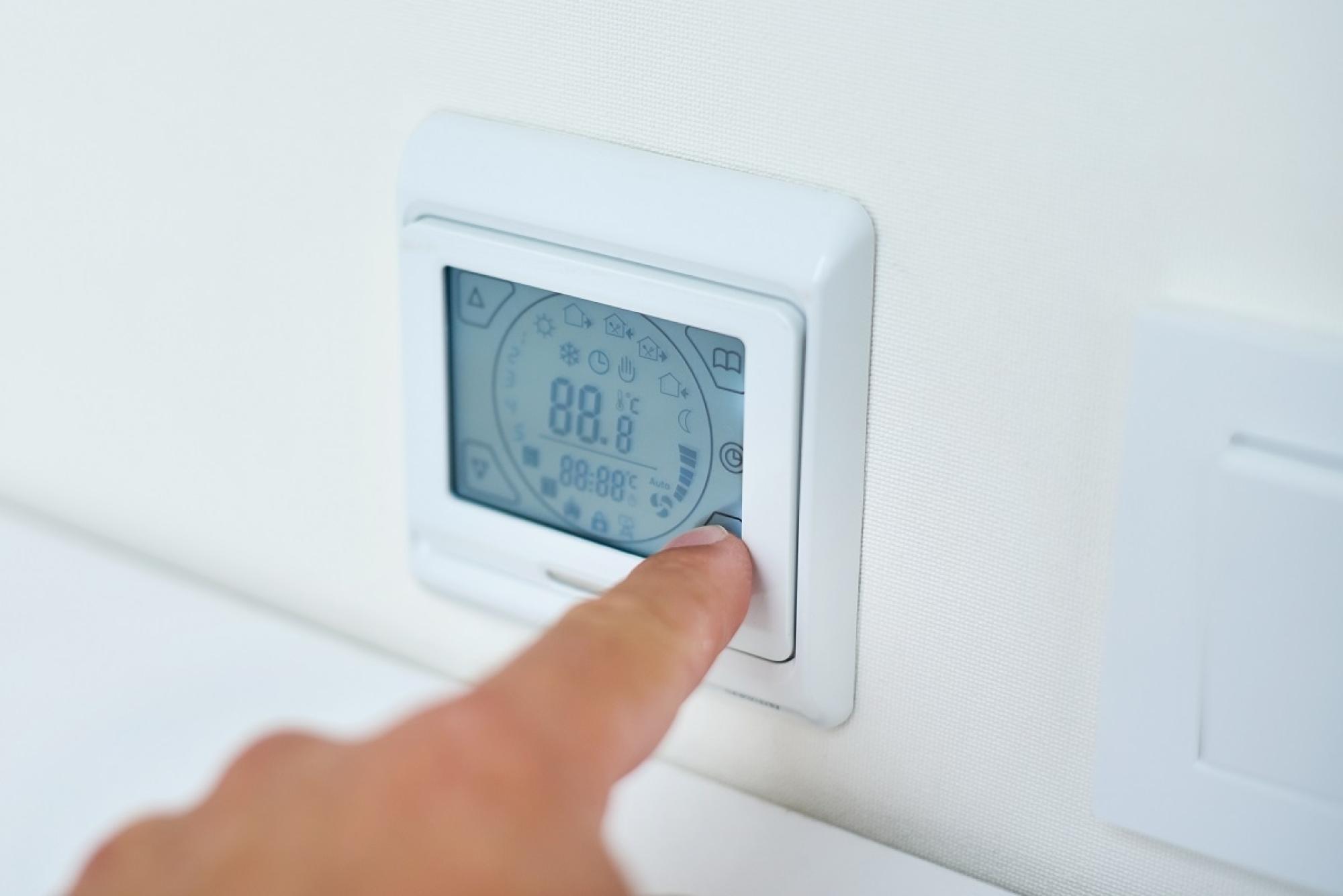
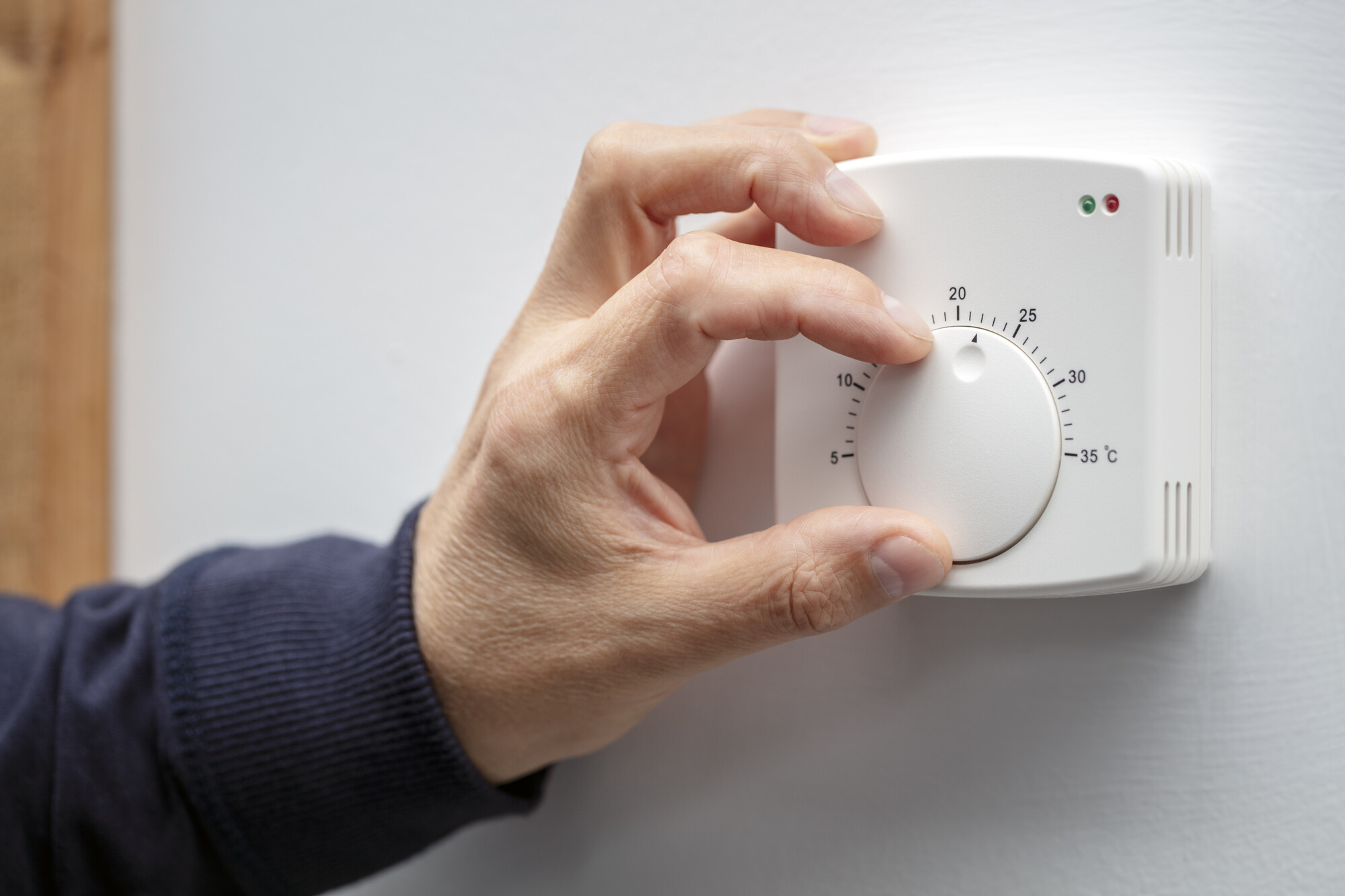
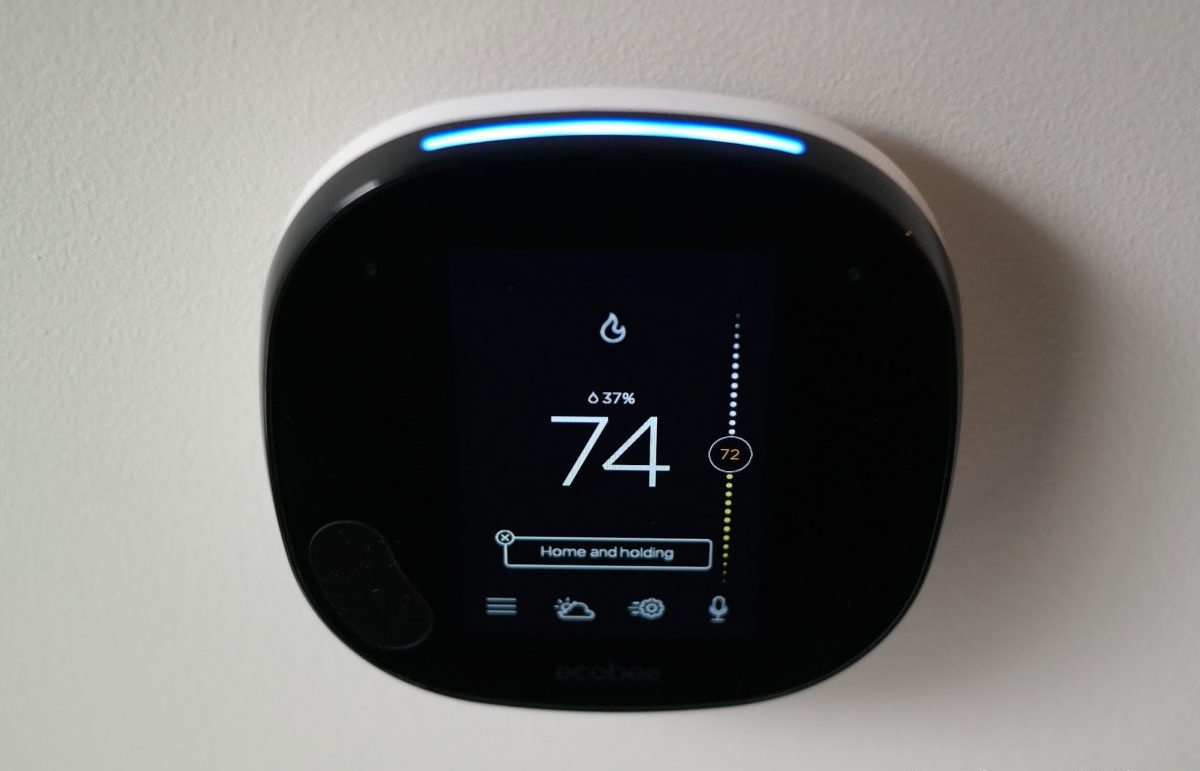
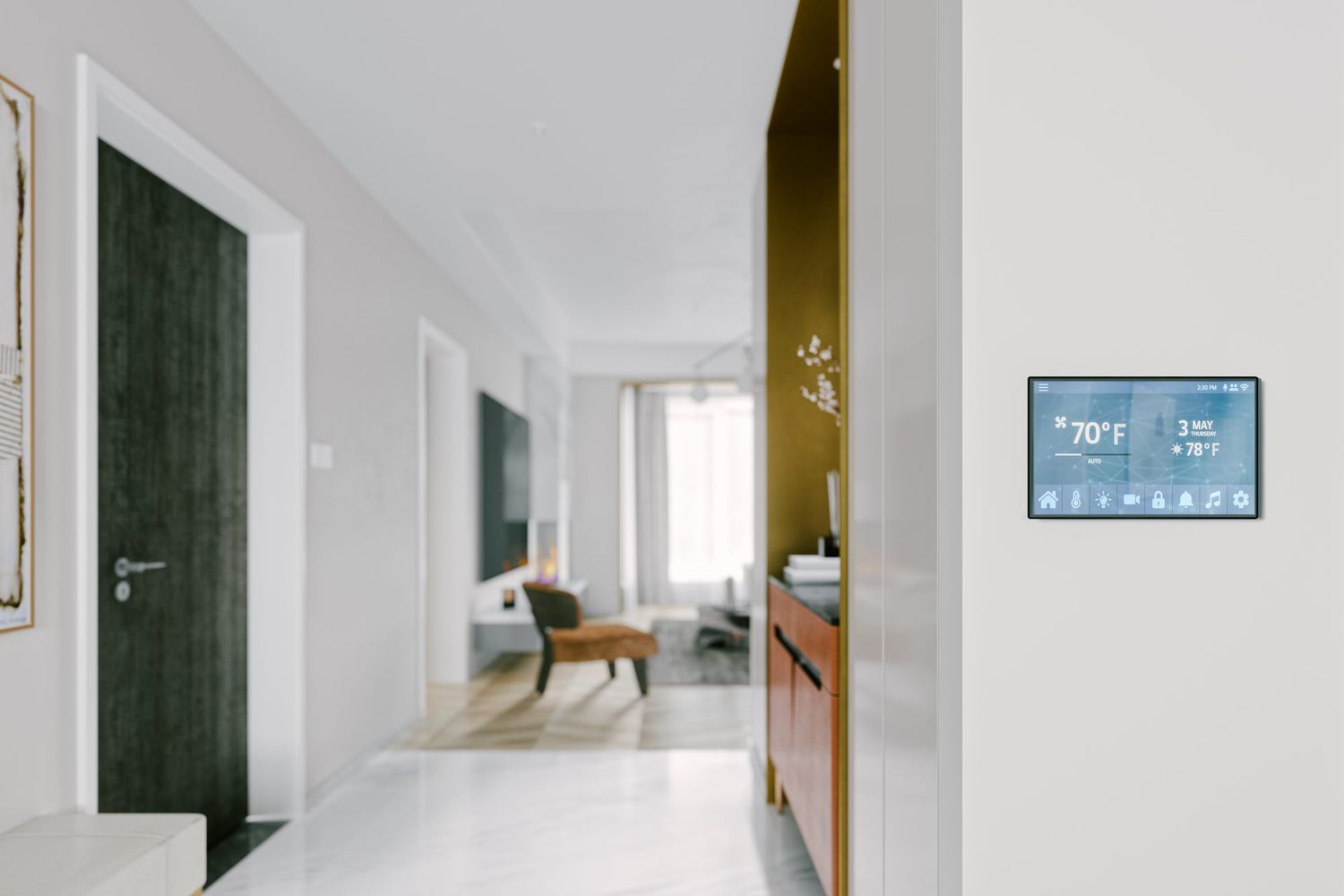
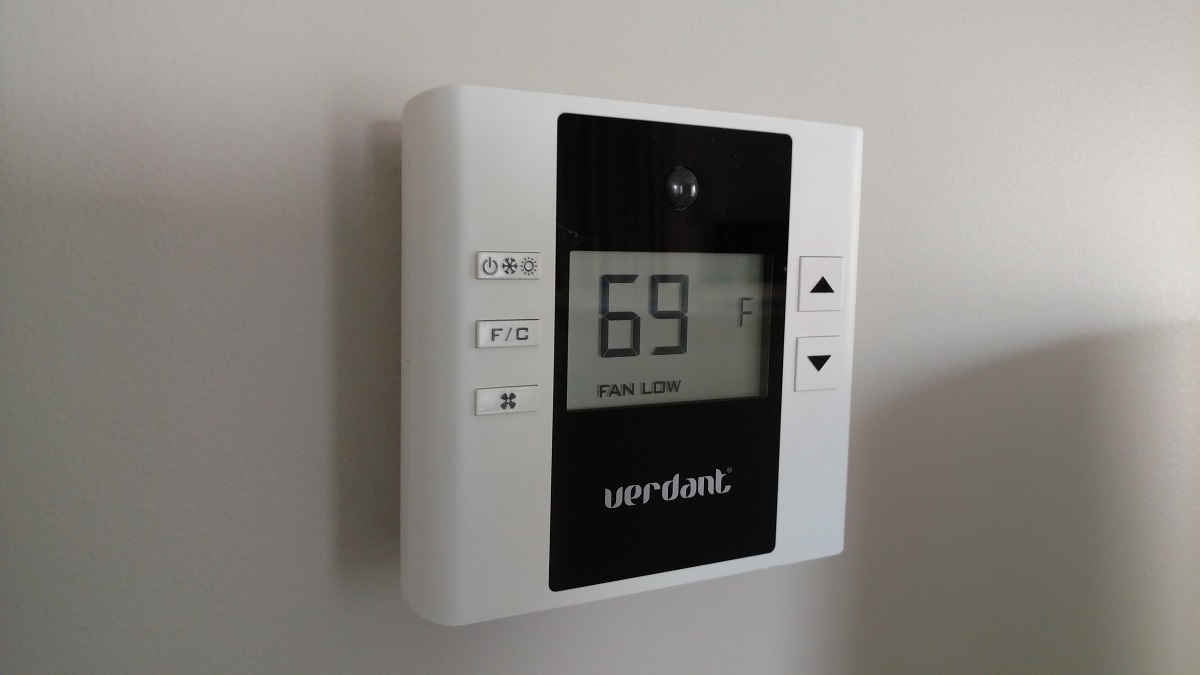
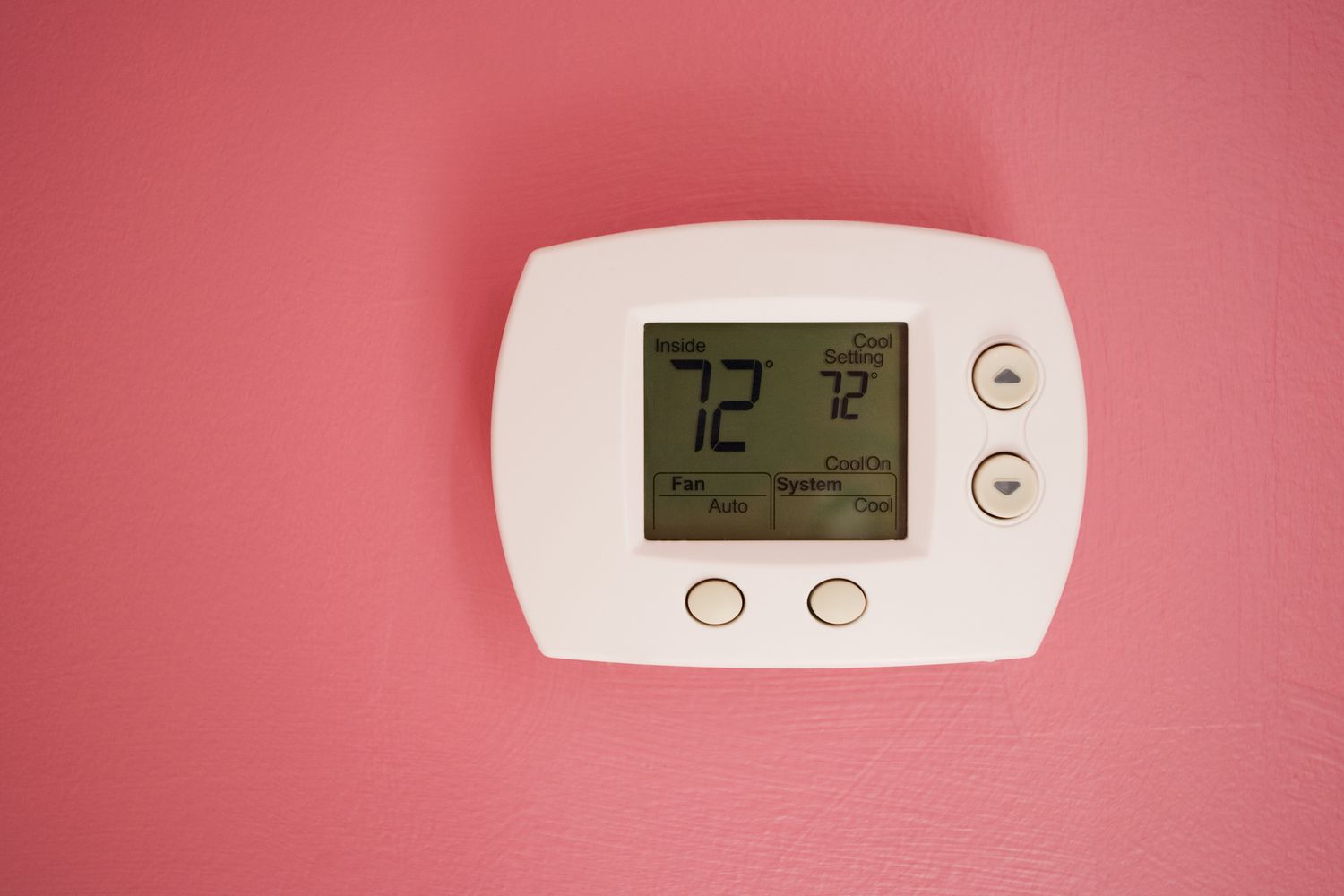
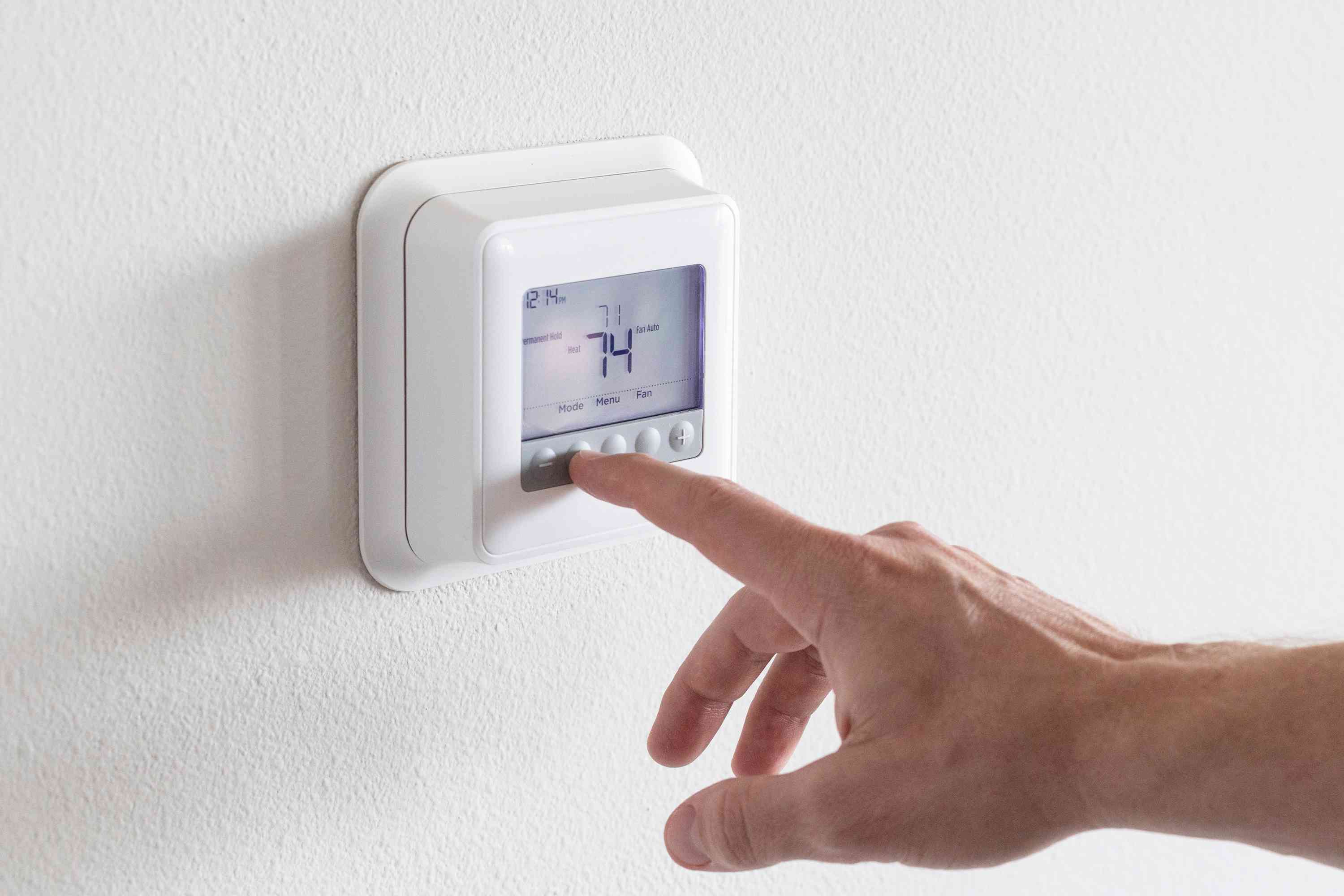
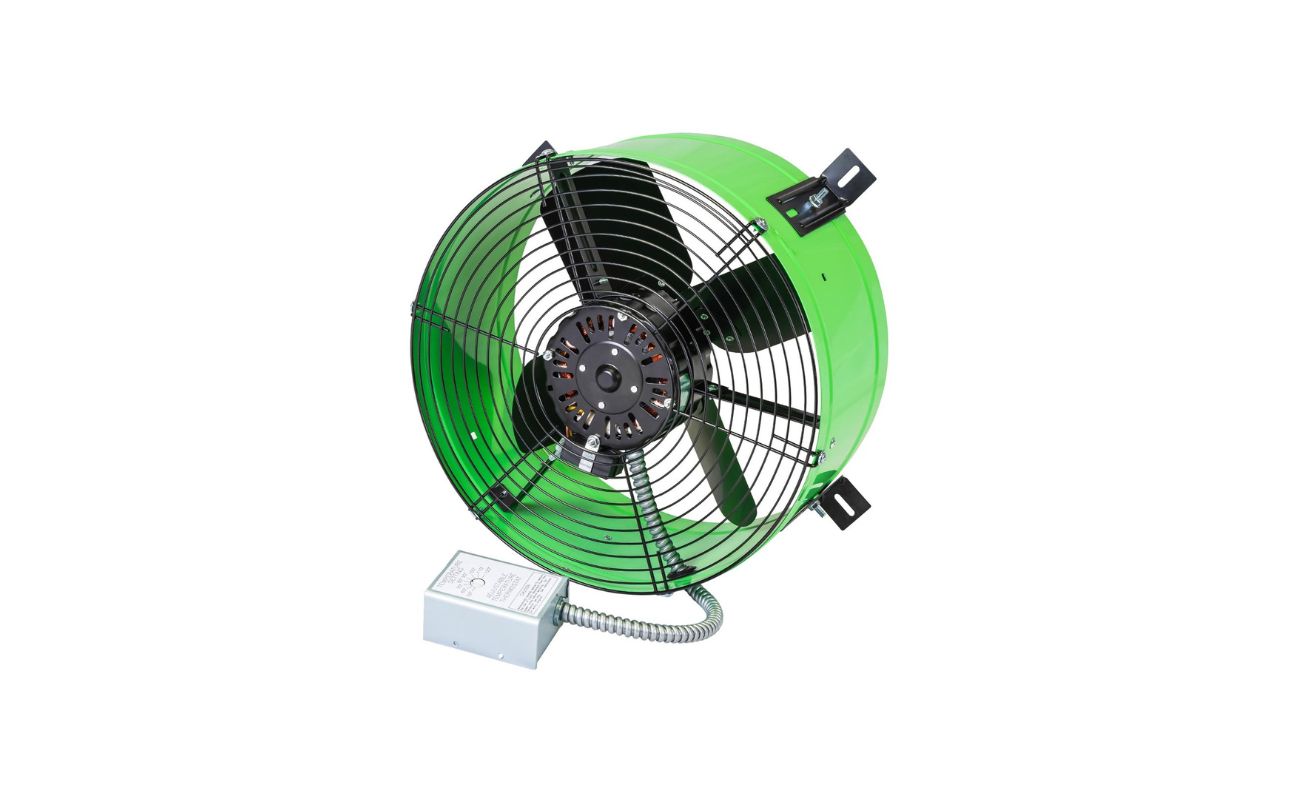


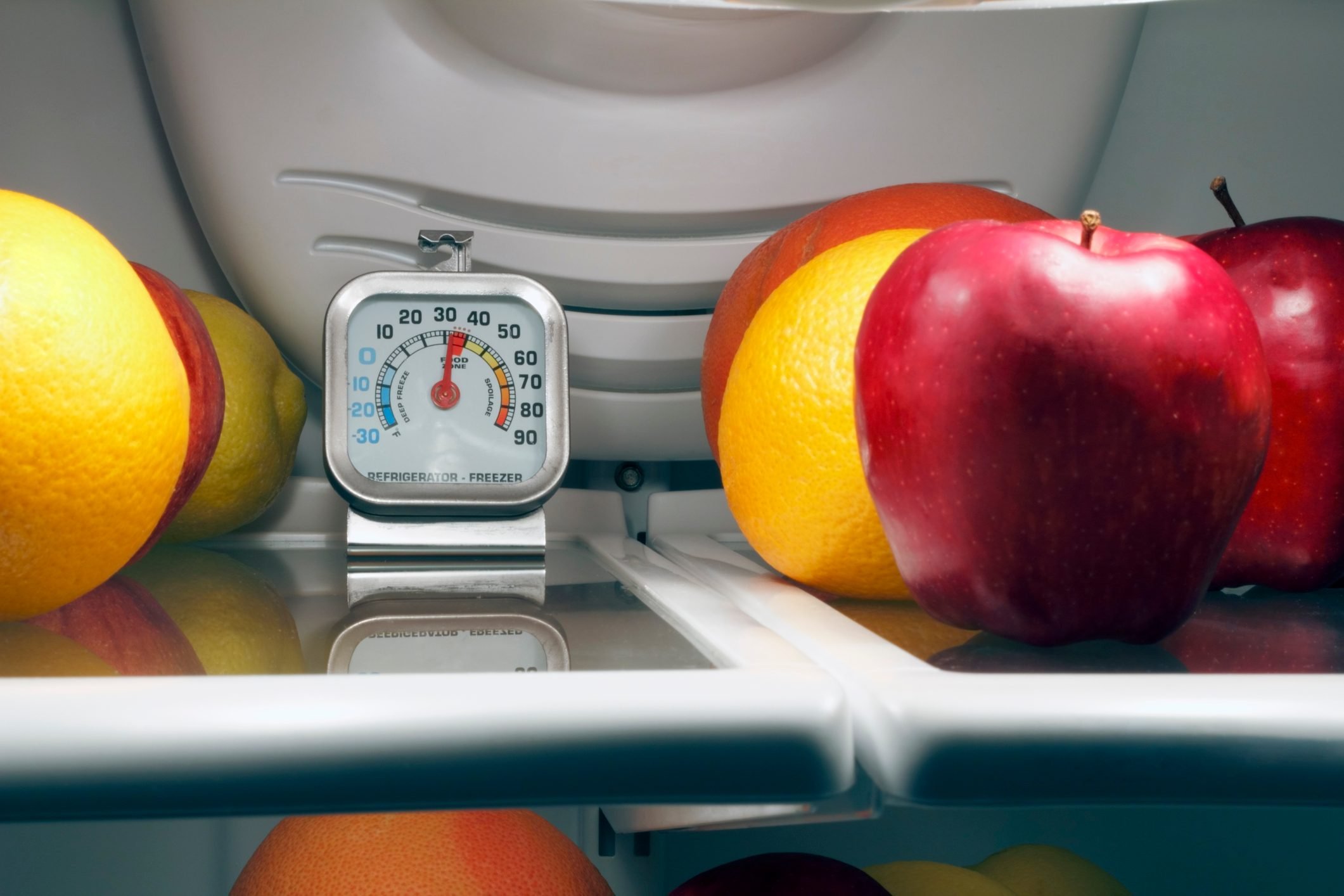
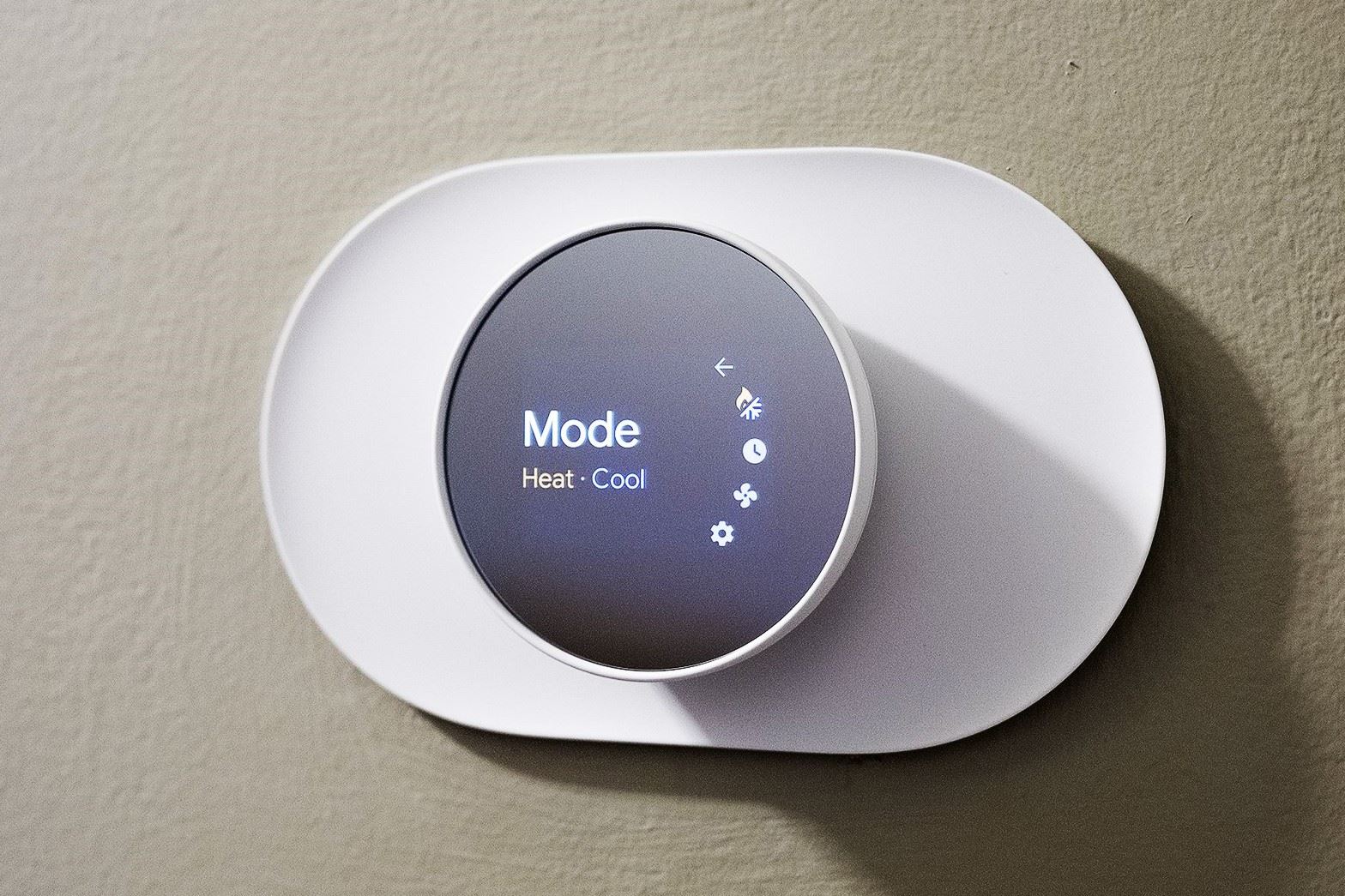
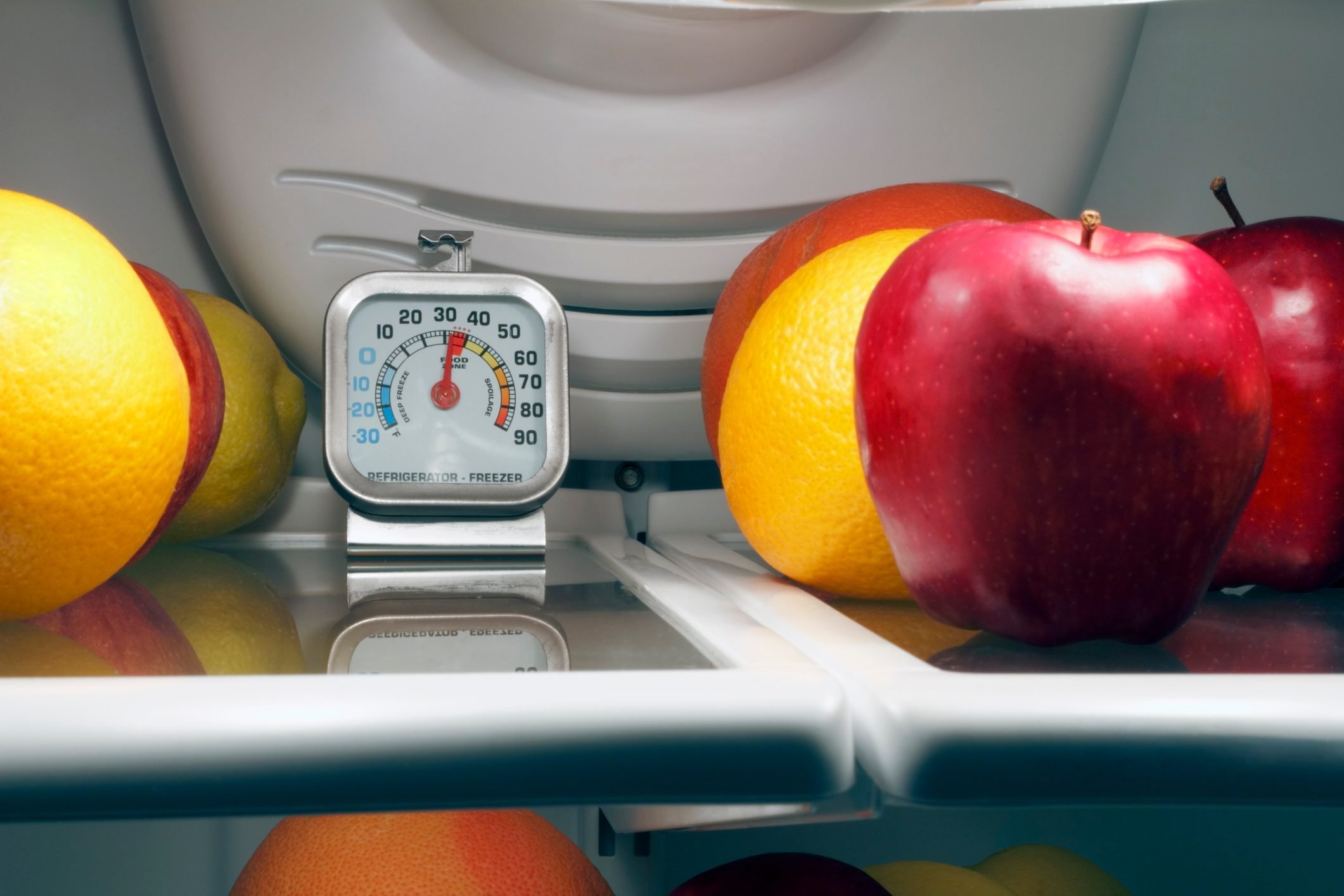
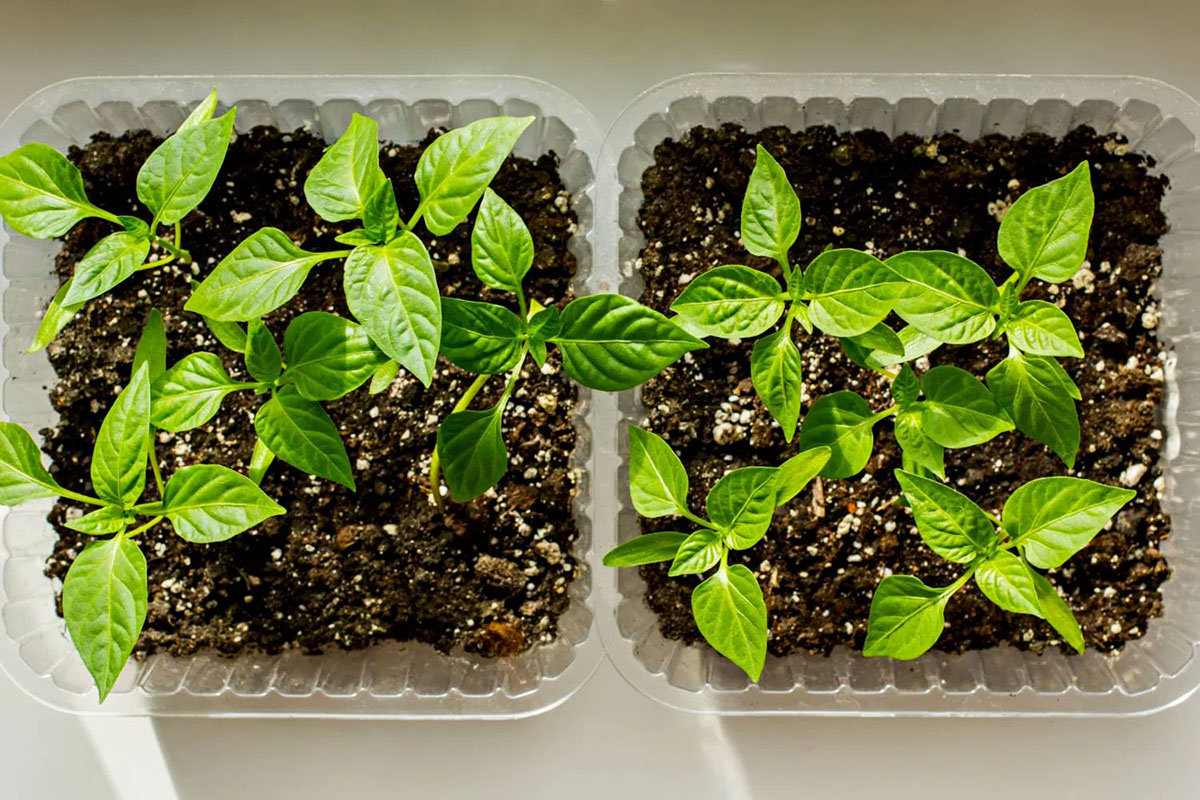

0 thoughts on “What Is Temperature Differential For Thermostat”